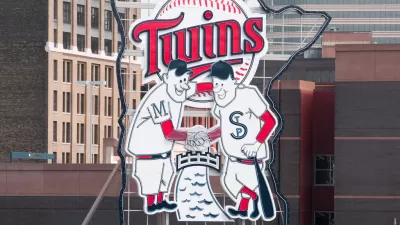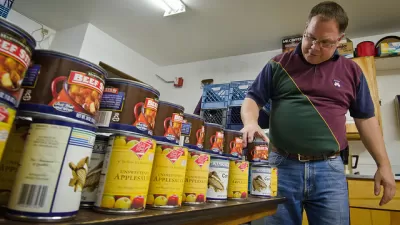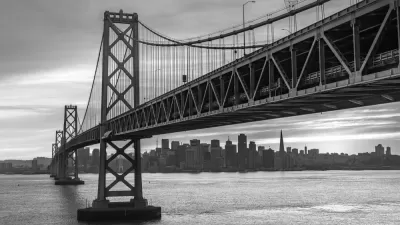A fun activity in city comparison.

Jed Kolko and Josh Katz have undertaken a data analysis exercise that allows comparisons of many major cities around the country. For residents looking for a new place to live that resembles their own homes, or a large corporation looking for a second headquarters, it's not too difficult to find a new place "twin."
"One reliable measure of how similar two cities are is their job mix, which reflects both local advantages and history (coal, a port, great universities) and local demand (a young population that needs teachers, or an older population that needs nurses)," according to Kolko and Katz.
For instance, the two cities most like each other in the United States are Dallas and Atlanta. "Both have unusually high concentrations of property accountants, security consultants and front office managers, and low concentrations of clinical nurses, home health aides and assistant professors," according to Kolko and Katz. "In contrast, San Jose, San Francisco and Washington, D.C., are the large metro areas that look least like the United States over all. They all stand out for particular industries: tech in the Bay Area, and government in Washington."
The article includes a lot more insight into the kinds of comparisons this kind of analysis produces, and also includes interactive features that allow comparison of pretty much any medium to large metropolitan area in the United States (although not small towns).
FULL STORY: What Is Your City’s Twin?

Maui's Vacation Rental Debate Turns Ugly
Verbal attacks, misinformation campaigns and fistfights plague a high-stakes debate to convert thousands of vacation rentals into long-term housing.

Planetizen Federal Action Tracker
A weekly monitor of how Trump’s orders and actions are impacting planners and planning in America.

In Urban Planning, AI Prompting Could be the New Design Thinking
Creativity has long been key to great urban design. What if we see AI as our new creative partner?

King County Supportive Housing Program Offers Hope for Unhoused Residents
The county is taking a ‘Housing First’ approach that prioritizes getting people into housing, then offering wraparound supportive services.

Researchers Use AI to Get Clearer Picture of US Housing
Analysts are using artificial intelligence to supercharge their research by allowing them to comb through data faster. Though these AI tools can be error prone, they save time and housing researchers are optimistic about the future.

Making Shared Micromobility More Inclusive
Cities and shared mobility system operators can do more to include people with disabilities in planning and operations, per a new report.
Urban Design for Planners 1: Software Tools
This six-course series explores essential urban design concepts using open source software and equips planners with the tools they need to participate fully in the urban design process.
Planning for Universal Design
Learn the tools for implementing Universal Design in planning regulations.
planning NEXT
Appalachian Highlands Housing Partners
Mpact (founded as Rail~Volution)
City of Camden Redevelopment Agency
City of Astoria
City of Portland
City of Laramie




























